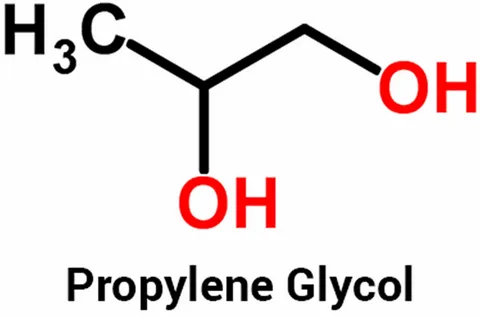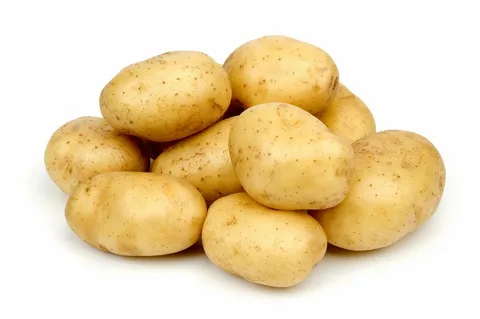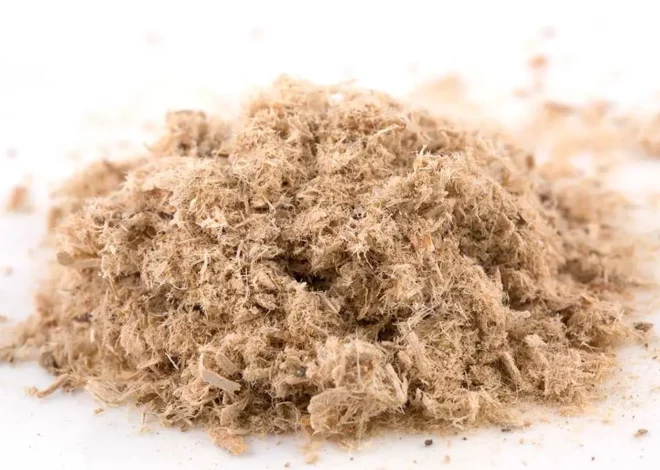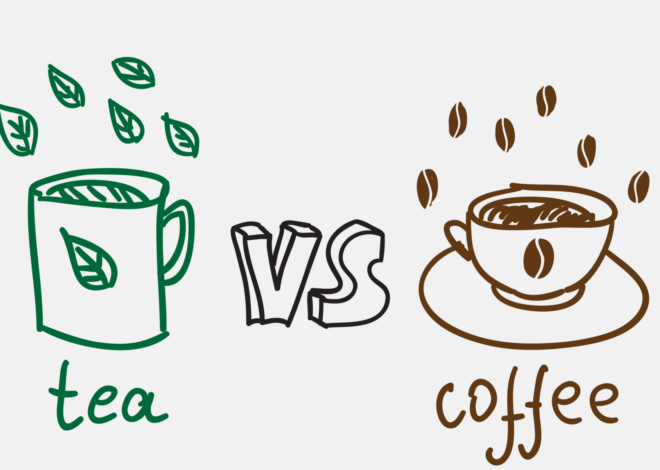
Propylene Glycol in Food: Is This Additive Safe?
Introduction
Propylene glycol (PG) is a common food additive that serves various functions in processed foods, beverages, and pharmaceuticals. While PG is generally recognized as safe (GRAS) by regulatory agencies when used in accordance with regulations, there is ongoing debate and concern regarding its potential health effects. In this comprehensive guide, we’ll delve into the uses, safety considerations, and controversies surrounding propylene glycol in food to help you make informed decisions about its consumption.
What is Propylene Glycol?
Definition and Chemical Structure
Propylene glycol is a synthetic organic compound with the chemical formula C₃H₈O₂. It is a colorless, odorless, and slightly sweet-tasting liquid that is soluble in water. PG is commonly used as a solvent, humectant, preservative, and flavor carrier in various consumer products.
Sources of Propylene Glycol
Propylene glycol can be derived from petroleum or produced synthetically from propylene oxide. It is widely used in food, beverages, cosmetics, pharmaceuticals, and industrial applications due to its versatility and low toxicity.
Uses of Propylene Glycol in Food
Humectant and Moisture Retention
Propylene glycol functions as a humectant in food and beverages, helping to retain moisture and prevent products from drying out. It is commonly used in baked goods, confections, dairy products, and processed meats to maintain freshness and texture.
Solvent and Flavor Carrier
PG serves as a solvent for flavorings, colors, and other food additives, helping to disperse them evenly throughout a product. It is often used in flavor extracts, emulsions, and food colorings to enhance flavor intensity and stability.
Antioxidant and Preservative
In some applications, propylene glycol acts as an antioxidant and preservative, helping to extend the shelf life of food products by inhibiting microbial growth and oxidative rancidity. It is commonly added to processed foods, salad dressings, and sauces to maintain quality and freshness.
Safety Considerations
Regulatory Status
Propylene glycol is regulated as a food additive by regulatory agencies such as the U.S. Food and Drug Administration (FDA) and the European Food Safety Authority (EFSA). It is generally recognized as safe (GRAS) for use in food and beverages at specified levels, typically up to 1-2% by weight.
Toxicology and Health Effects
Numerous studies have evaluated the safety of propylene glycol in food and found it to have low acute and chronic toxicity in humans. However, some individuals may experience mild allergic reactions or gastrointestinal symptoms, such as nausea, diarrhea, or abdominal discomfort, when exposed to high concentrations of PG.
Potential Concerns
While propylene glycol is considered safe for most people when consumed in moderate amounts, some individuals may have concerns about its use in food due to its association with industrial applications, such as antifreeze and de-icing solutions. However, it’s important to distinguish between food-grade and industrial-grade propylene glycol, as they are subject to different purity and safety standards.
FAQs (Frequently Asked Questions)
Is Propylene Glycol Safe to Ingest?
Yes, propylene glycol is generally recognized as safe (GRAS) for use in food and beverages by regulatory agencies when consumed in moderate amounts. However, some individuals may experience mild gastrointestinal symptoms or allergic reactions when exposed to high concentrations of PG.
Is Propylene Glycol the Same as Ethylene Glycol?
No, propylene glycol and ethylene glycol are two different compounds with distinct chemical structures and properties. Propylene glycol is considered safe for use in food and pharmaceuticals, while ethylene glycol is toxic and should not be ingested.
Can Propylene Glycol Cause Allergic Reactions?
While rare, some individuals may experience allergic reactions or sensitivity to propylene glycol when exposed to high concentrations in food or personal care products. Symptoms may include skin irritation, itching, redness, or swelling. If you suspect an allergy to propylene glycol, consult with a healthcare professional for evaluation and guidance.
What Foods Contain Propylene Glycol?
Propylene glycol is commonly found in processed foods, beverages, baked goods, dairy products, salad dressings, sauces, and flavorings. It is listed on ingredient labels under its respective E number (E1520) or as “propylene glycol.”
Propylene Glycol Vegan?
Yes, propylene glycol is considered vegan-friendly, as it is derived from petroleum or produced synthetically without the use of animal-derived ingredients.
Can Propylene Glycol Interact with Medications?
While propylene glycol is generally safe for consumption, it may interact with certain medications or exacerbate existing health conditions in some individuals. If you have concerns about potential interactions with medications or medical conditions, consult with a healthcare professional before consuming products containing propylene glycol.
Conclusion
Propylene glycol is a versatile and widely used food additive that serves various functions in processed foods and beverages. While it is generally recognized as safe for consumption by regulatory agencies, some individuals may have concerns about its use due to its association with industrial applications. However, when used in accordance with regulations and consumed in moderate amounts, propylene glycol is considered safe for most people. By understanding its uses, safety considerations, and potential concerns, you can make informed choices about consuming products containing propylene glycol as part of a balanced diet. If you have specific health concerns or questions about propylene glycol, consult with a healthcare professional for personalized guidance.
- The Beauty Guide: London, UK - April 24, 2024
- Potatoes: Healthy or Unhealthy? - April 24, 2024
- Slippery Elm Bark: 4 Surprising Health Benefits - April 24, 2024



